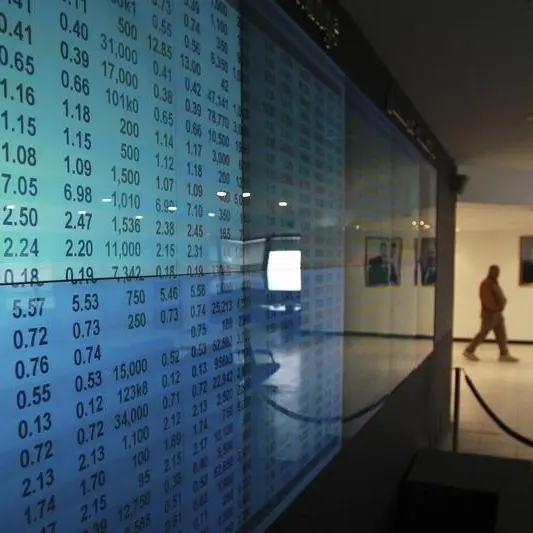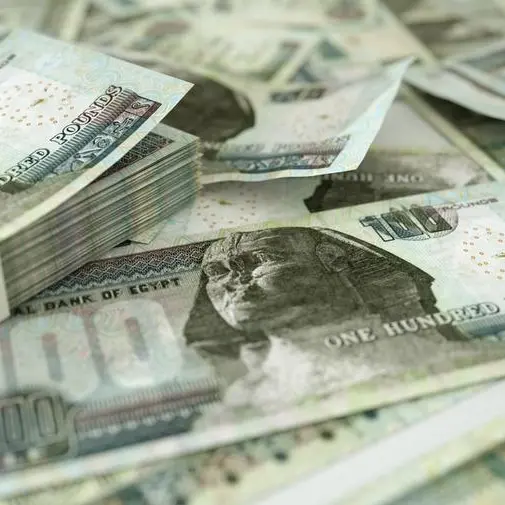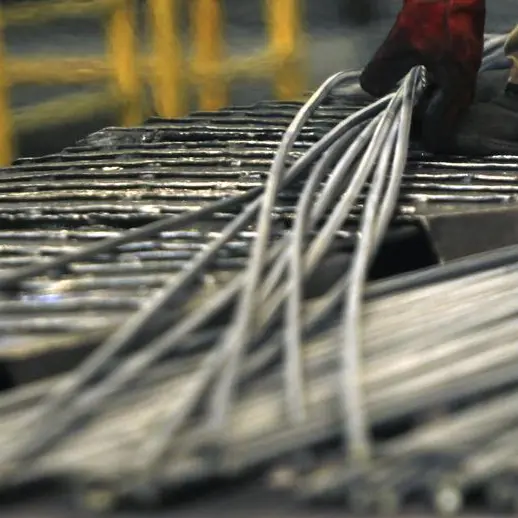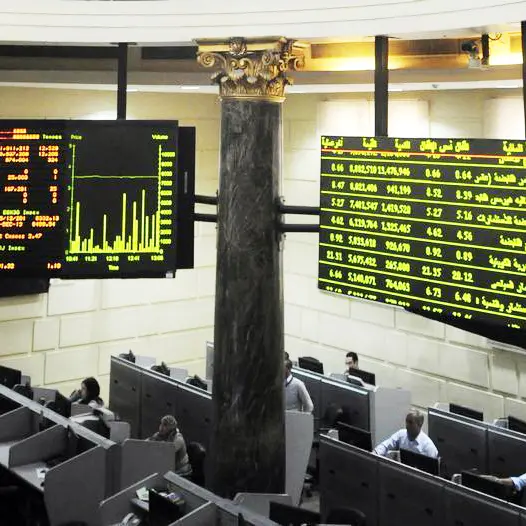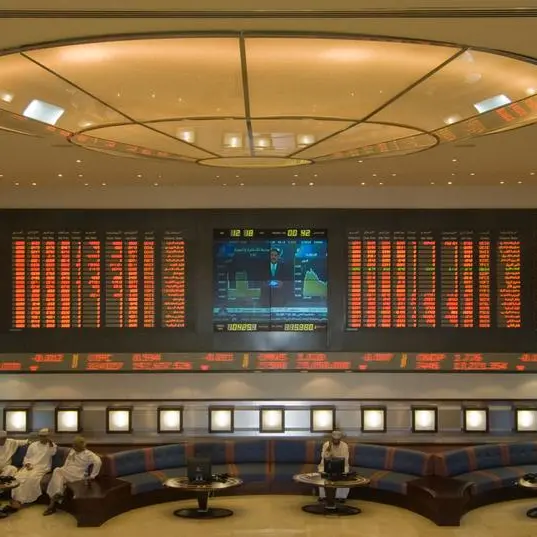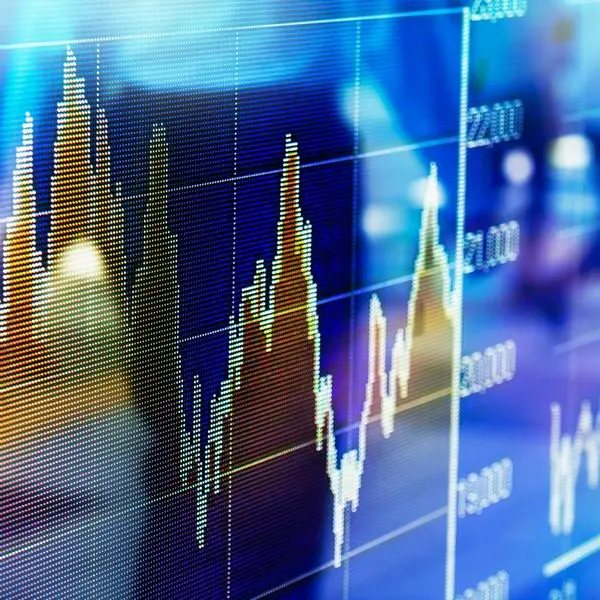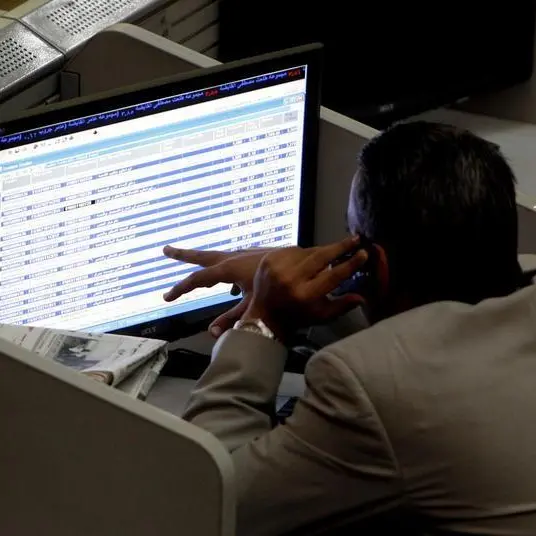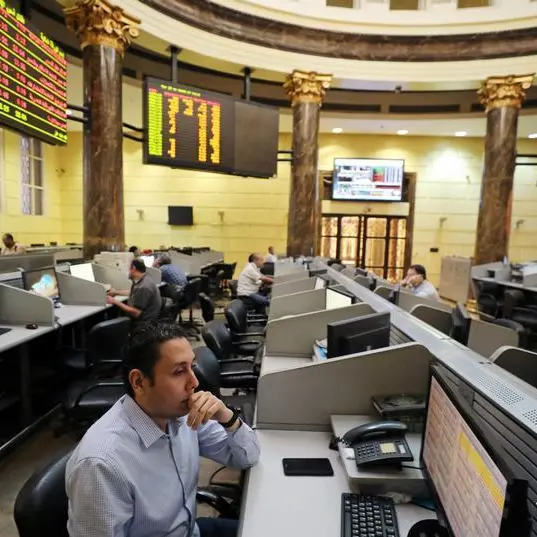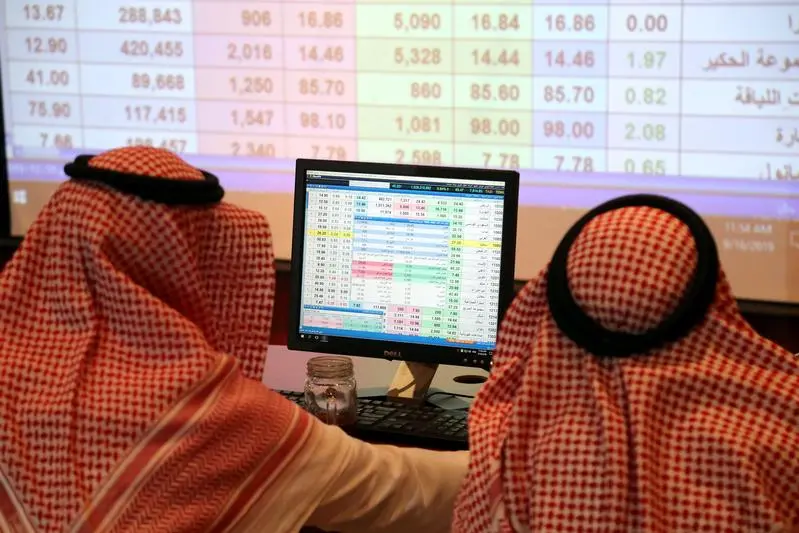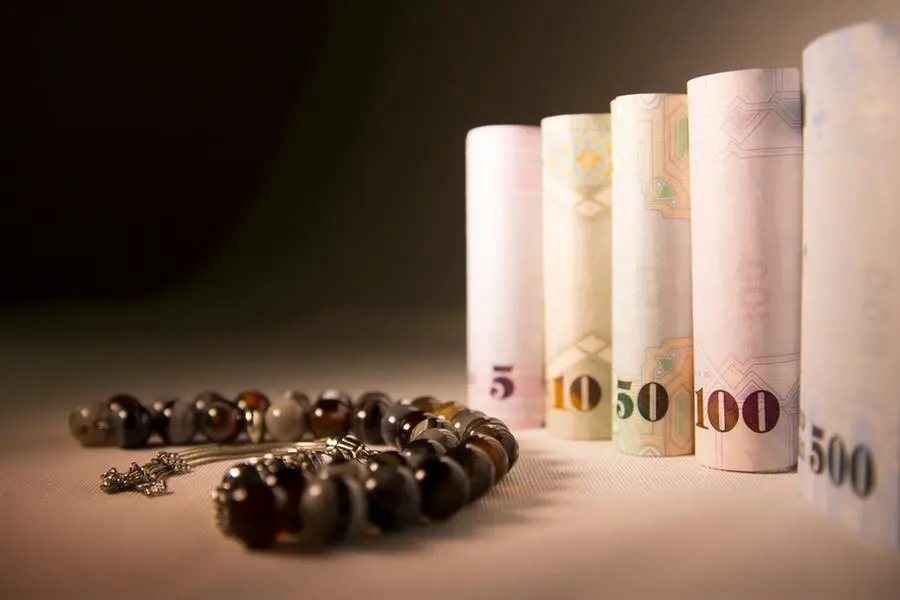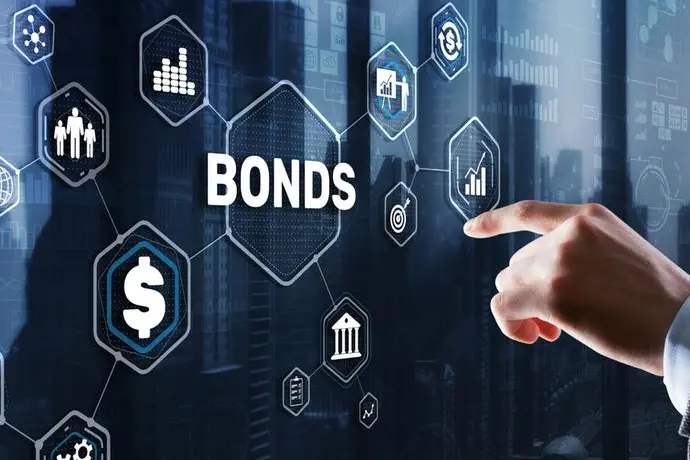Shuaa has issued a shareholder circular detailing terms of the proposed merger between itself and Abu Dhabi Financial Group (ADFG). The valuations of the merger as determined by ADFG and the Shuaa board are based on a KPMG valuation report, and the basic corporate structures are revealed.
The facts in the shareholder circular show that Shuaa and ADFG have valued ADFG ex-Shuaa at a 10% discount to Shuaa as a standalone entity. There is some rounding in the numbers below, but they do not materially affect the results.
Firstly, the value of 100% of ADFG has been determined at 1,470,720,000 shares of Shuaa.
We are also told that ADFG owns an SPV named Shine, which owns ADFG’s current shareholding in Shuaa.
So, 100% of ADFG = (ADFG ex-Shine investment) + Shine investment – and the Shine Investment represents around 48% of Shuaa’s total shares.
Or, 100% of ADFG = (ADFG ex-Shuaa investment) + 48% of Shuaa’s value - which, according to the circular, is equivalent to 1,065,000,000 Shuaa shares
Combining the above two facts, we get:
100% ADFG = (ADFG ex-Shuaa investment) + 511,200,000 Shuaa shares
The Shuaa shareholder circular value for 100% of ADFG is 1,470,720,000. So:
(ADFG ex-Shuaa investment) + 511,200,000 Shuaa shares = 1,470,720,000 Shuaa shares
This implies that ADFG, without its Shuaa investment, is worth 959,520,000 Shuaa shares.
A simple way to look at it is that since Shuaa is buying ADFG, which owns Shuaa shares, the Shuaa shares owned by ADFG are deducted from the shares issued by Shuaa. This means that ADFG ex-Shuaa is valued at about 10% below the value of Shuaa.
Comparative value inconsistencies
The problem with this is that a presentation document to investors shows that during the period 2015 - 2018 ADFG’s cumulative net profit was 454 million United Arab Emirates dirhams ($121.1 million), whereas Shuaa’s cumulative figure for the three-year period was a loss of 222 million dirhams. Using the usual comparative pricing of a price / earnings ratio, we can see that this should value ADFG ex-Shuaa at several times the value of Shuaa, i.e. ADFG should be valued several hundreds of percent above Shuaa, not at a 10% discount. So how can we resolve this inconsistency?
One possible reason, and this needs to be verified and reviewed by the Shuaa shareholders, regards a second, underlying transaction as part of the overall ADFG / Shuaa merger.
Related company transactions
Shuaa’s shareholder circular states that Shuaa will issue its new shares to a Strategic Investor “in exchange for the transfer by the Strategic Investor to Shuaa of the Strategic Investor’s entire shareholding in ADFG”.
Since this is the exchange, then the Strategic Investor must own all of ADFG’s shares at this time, although earlier media reports and disclosures showed ADFG as the parent of the Strategic Investor. The underlying transaction as stated is that ADFG will transfer Shine to the Strategic Investor in return for a basket of assets: Spadille, Goldilocks, Qannas Investment Limited, IFG (Integrated Financial Group), JODC (Jabal Omar Development Company) Sukuk, ADFG bonds, and receivables.
This basket of assets has many related transactions not only with ADFG but also with Shuaa. Consolidating all of these transactions, as one would do with a merger, could explain why there is a discrepancy between the standalone profits of ADFG and the valuation by KPMG.
For example, the 2018 audited financial statements for one of the assets in the basket, the AIM-listed Qannas Investments, show that it has the following investments in other assets being transferred to it from the Strategic Investor: $19 million in IFG (a 47% ownership) and $8.9 million in Goldilocks (4% ownership). The income from these assets will be consolidated away once transferred fully to ADFG. In simpler terms, accounting does not allow a company to double count income from subsidiaries.
Also, in 2017 IFG sold two subsidiaries, Integrated Capital and Integrated Securities, to Shuaa. The merger brings these companies back into the fold. So whatever profit IFG may have made would not have been counted in the merged entity. Not only that but in January 2019 Qannas announced that ADFG had bought shares in Qannas from Integrated Capital, by then a subsidiary of Shuaa.
Qannas, because it is listed on London’s AIM exchange, is required to provide such relevant transparency. The question remains, do the other basket assets have material inter-company relationships?
More research shows further links using multiple intermediary investments. One example involves the issuance of JDOC’s $135 million sukuk earlier this year. On April 29, 2018, an ADFG press release announced that it had entered into a strategic partnership with JDOC. Earlier this year, Shuaa announced that it had issued and placed the JDOC sukuk. Qannas invested $3.5 million in the sukuk. These types of transactions could explain why KPMG is valuing ADFG’s profit quality at below par.
Shuaa shareholder due diligence
There must be a clear reason for ADFG and Shuaa, based on KPMG’s valuation, to value ADFG ex-Shuaa at a 10% discount to Shuaa given the inconsistent facts surrounding the massive profit and loss differentials. The information released does not make this clear, and information sourced elsewhere, as analysed above, indicates that this is not so much a reverse takeover of Shuaa by ADFG as it is a sale by the Strategic Shareholder of ADFG and a related basket of assets to Shuaa.
It is up to Shuaa shareholders to make suitable inquiries and perform due diligence to understand the true nature of ADFG’s low valuation relative to its stated profits and to come to their own conclusions.
Any opinions expressed here are the author’s own.
Disclaimer: This article is provided for informational purposes only. The content does not provide tax, legal or investment advice or opinion regarding the suitability, value or profitability of any particular security, portfolio or investment strategy. Read our full disclaimer policy here.

